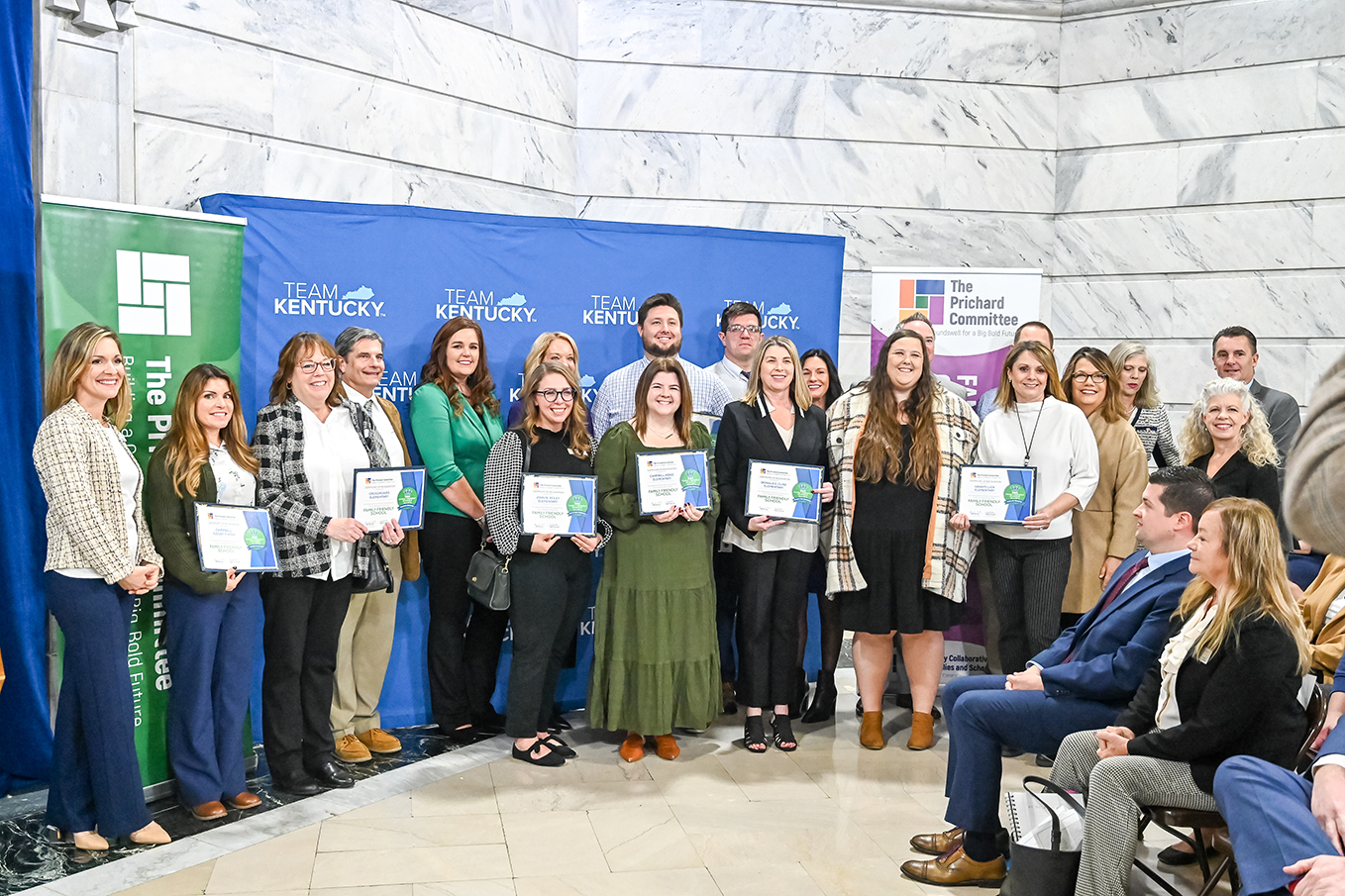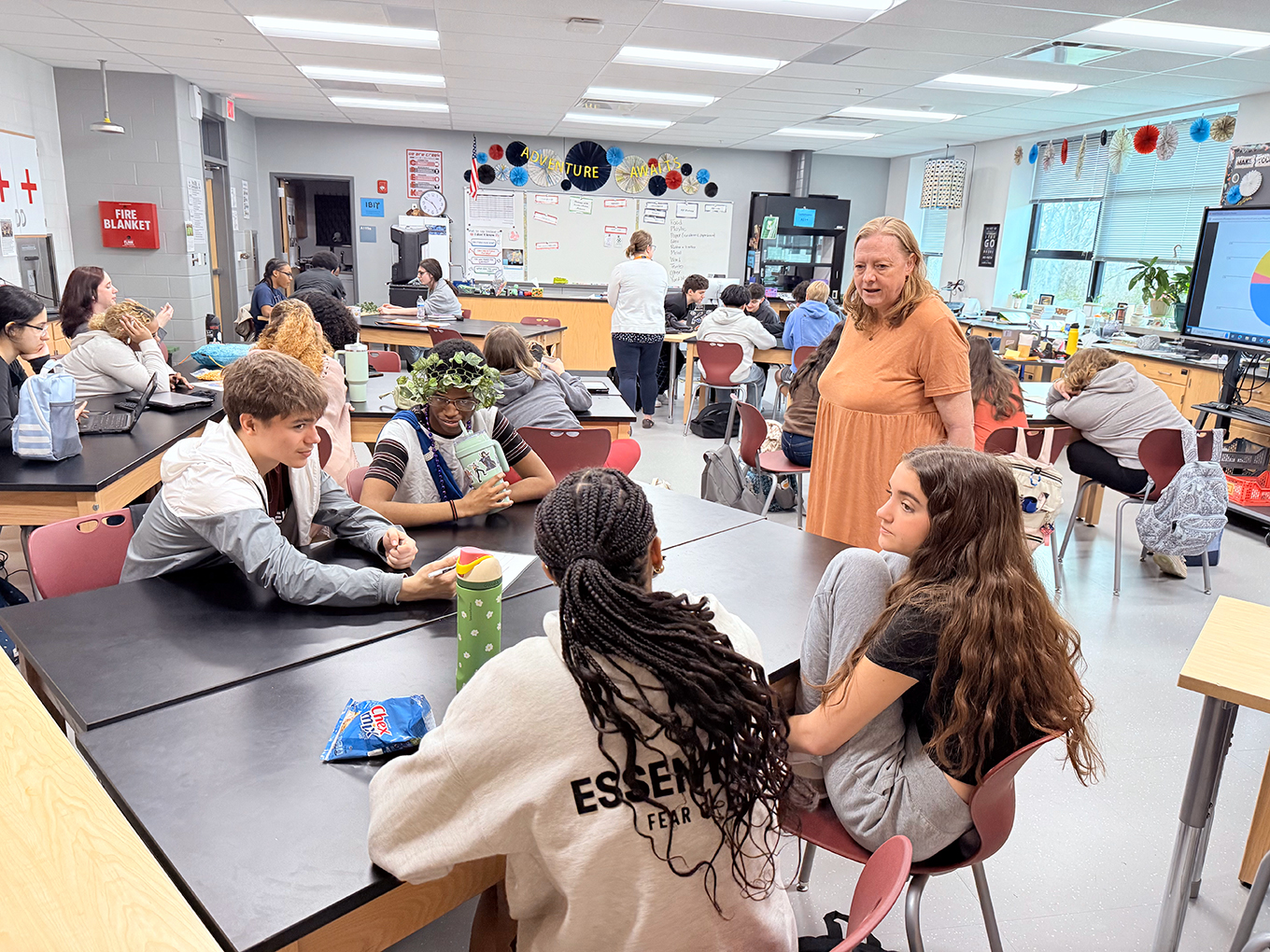As I end my 18th year as a teacher of deaf and hard of hearing children, I have seen students educated in a wide variety of settings in three different states. I have taught at a residential school for the deaf, in self-contained classrooms in public schools, as part of a regional program in a public school and as an itinerant teacher. Although no one educational placement is perfect for every child with a hearing loss, I sometimes wonder if an individual student’s communication and psycho-social needs are always taken into account when placement decisions are made.
I recently viewed a very powerful video on YouTube by Deaf actress Deanne Bray that discusses deaf or hard of hearing (DHH) children’s right to language and communication. It describes how their right to receive and express ideas and to associate with other DHH children are protected under the First Amendment. I encourage everyone to watch the video entitled “Freedom of Communication”. Thirteen states have enacted a Deaf Child’s Bill of Rights, with similar legislation pending in 10 other states. These bills stipulate DHH children’s right to communicate, interact with same language mode peers and adults, and receive direct instruction in their language with peers and professionals. Details about these bills can be found at http://www.nad.org/issues/education/k-12/bill-of-rights
The Individuals with Disabilities Educational Act (IDEA) mandates that students with disabilities be educated in the least restrictive environment (LRE) that meets their needs. The LRE is defined as: “To the maximum extent appropriate, children with disabilities…are educated with children who are nondisabled.” IDEA also states that for DHH students their Individualized Education Plan must “consider the child’s language and communication needs, opportunities for direct communications with peers and professional personnel in the child’s language and communication mode, academic level, and full range of needs, including opportunities for direct instruction in the child’s language and communication mode.”
The notion of how to best educate students with disabilities swings through the education pendulum, from having them fully mainstreamed with general education classmates, with or without co-teaching, to being taught in self-contained classrooms and back again. I wonder if and when the individual communication, psychological and social needs of DHH students are considered as the pendulum goes back and forth. Is taking a DHH child to an annual event for DHH students enough to satisfy the requirement for direct communication with peers? Is hiring a teacher that has minimal sign language skills enough to satisfy the direct instruction in the child’s language? Don’t DHH children deserve equal language treatment and access? Some DHH children in Kentucky are fortunate to have daily direct interactions with other DHH children and adults, but many do not.
If I were able to time travel into the future to see how DHH students were being educated around Kentucky, here is what I hope I would see:
1. No child with a hearing loss would be the sole DHH child in her school or district. He or she would be given the option to attend a school where there are DHH peers. This year, I experienced working with a DHH student who successfully communicated verbally. On the surface she fit in; however, she had low self esteem because she was the only student in her school with a hearing loss, and no one ever told her that people who are Deaf or hard of hearing are smart and can be successful. Her psycho-social development as a DHH child was not supported.
2. All DHH children (regardless of hearing loss, communication ability and LRE) in a district/region would be given the opportunity to attend one central elementary, middle, and high school. This way no DHH students would ever feel like they do not fit in. For those students living in rural areas where there are no other DHH students, they would be allowed to attend a regional program. A full continuum of services would be available at these central schools, such that a DHH child could be fully mainstreamed yet have opportunities to interact with other DHH children. Others may be self-contained yet are able to mainstream into classes with hearing peers.
3. Only teachers, assistants, and interpreters who are fluent in the DHH students’ language would be hired. If a DHH child uses sign to communicate, so should her teacher. Likewise, if a child is verbal, the teacher should have good English communication skills.
4. DHH students would be placed in the general education classroom when they have developed a strong language foundation, are academically in the range of their non-disabled peers, have the ability to self-advocate, and can utilize an interpreter (if appropriate). Students should feel success when in the general education setting, not frustration from being unable to understand the teacher or freely communicate with the hearing classmates.
As I come back to the present, I am reminded that for almost a decade I have been honored to work in a school district that takes the language, communication, and psycho-social needs of DHH students very seriously. Daviess County Schools has hosted preschool and elementary students from five other school districts in its program at Country Heights Elementary. Those students who would otherwise feel isolation if at their home school, are surrounded by other DHH students who they can freely and directly communicate with in their natural language and just be normal children. They have teachers, assistants and interpreters who serve as language models and who see them as children first who are intelligent and highly capable of any academic challenge set in front of them; it just happens that they communicate differently. They are allowed to develop a strong language foundation by being in a rich language environment in preschool and in primary grades and are gradually mainstreamed on an individual basis, resulting in success!
In a time when more than 80 percent of DHH students are served in their home districts, it is time that these students are afforded the best least restrictive environment possible by being educated with other DHH children either in their own school district or in a neighboring one. Now is the time for the establishment of regional programs around the state. Now is the time to make my travel into the future a reality.
Heidi Givens, an itinerant teacher of the deaf and hard-of-hearing in Daviess County schools, was selected as the 2013 Kentucky Elementary School Teacher of the Year on Oct. 17, 2012. She and Allison Hunt, an AP Human Geography teacher at Manual High School in Jefferson County and the 2013 Kentucky High School Teacher of the Year, are alternating monthly column-writing duties throughout their reigns. Heidi Givens next column will run in July.





Leave A Comment